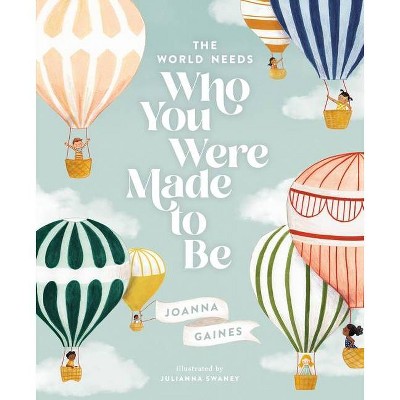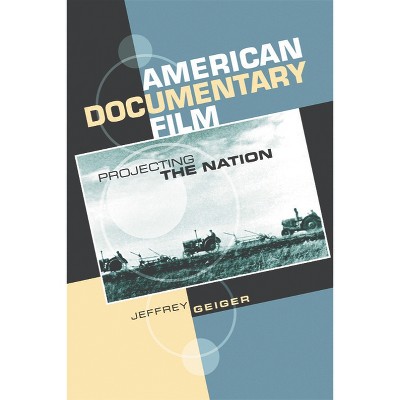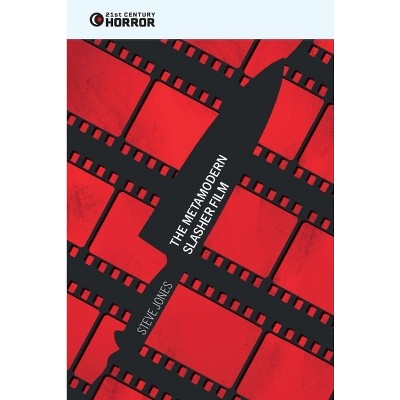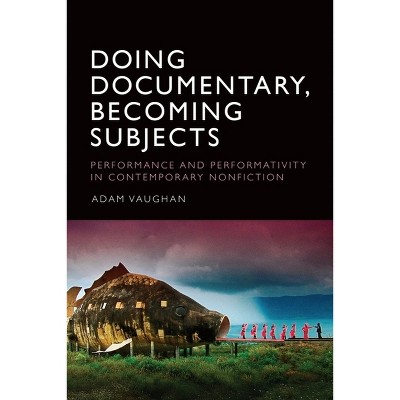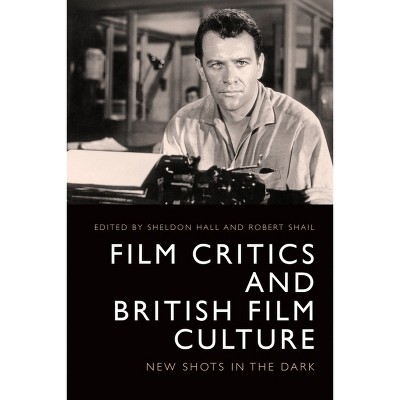Resistance in Indian Documentary Film - (Political Cinemas) by Shweta Kishore & Kunal Ray

About this item
Highlights
- While sizable literature exists on the themes, issues and voices that constitute resistance in historical Indian documentary cinema, less is known about contemporary modes of resistance in Indian documentary.
- Author(s): Shweta Kishore & Kunal Ray
- 248 Pages
- Performing Arts, Film
- Series Name: Political Cinemas
Description
About the Book
Examines modes of resistance within contemporary Indian documentary culture and films.Book Synopsis
While sizable literature exists on the themes, issues and voices that constitute resistance in historical Indian documentary cinema, less is known about contemporary modes of resistance in Indian documentary. This volume identifies languages and practices of resistance constructed by Indian documentary practitioners located in contemporary global and national contexts organised by majoritarian political discourse, rising social inequalities, tightening media regulatory mechanisms and variable access to digital technologies. Extending its analytical lens beyond textual politics, the volume offers an original conceptualisation of how we identify, mobilise, and recuperate acts of resistance as both represented in documentary and those represented by the organisation of documentary practice e.g., documentary exhibition, curation, education, and criticism. Combining scholarly essays and practitioner writing, the volume offers a timely reconsideration of how central debates and issues of power and representation in documentary may be studied as objects of analysis and as subjective accounts of individual experience, decisions, and actions relating to documentary aesthetics and practice.
Review Quotes
Indian documentary films have served as ventriloquists for state reason, and then as tribunes defending the people. Increasingly, over the past three decades, they have grown to include a rich repertoire of ways of linking the personal and the political, unpacking and rethinking assumptions of majority and minority, of secular realism and its critiques, and of technique and exhibition. Shweta Kishore and Kunal Ray have assembled an expansive and deeply nuanced set of essays on these issues and more, from scholars, filmmakers, and curators, reflecting the state of the art on Indian documentary film. This book is a necessary addition to any library.
--Arvind Rajagopal, Media Studies, NYUShipping details
Return details
Trending Non-Fiction





